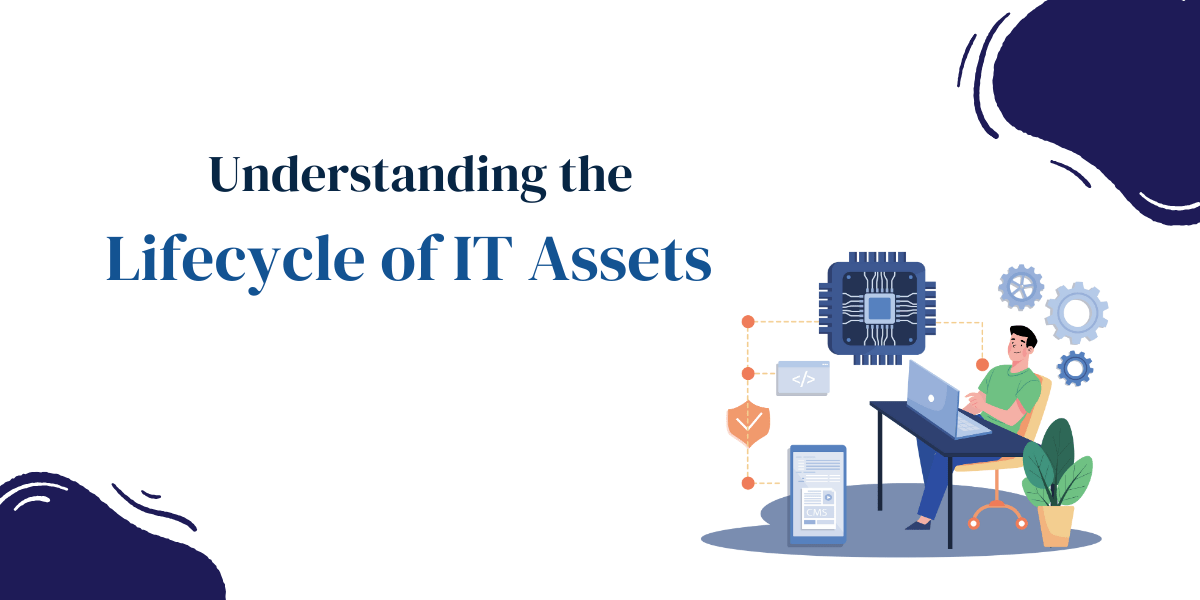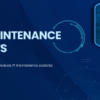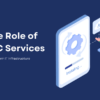Understanding the Lifecycle of IT Assets
Managing IT assets properly is very important for any business. Computers, servers, software, and other important tools are investments that need careful planning from the moment they are needed to when they are no longer useful. This full journey is known as the Lifecycle of IT Assets. When businesses understand this process, they can make better decisions, avoid wasting money, and keep their systems running smoothly. Let’s walk through the stages of IT asset lifecycle management and see how third-party services can help at every step.
The Stages of IT Asset Lifecycle
Request
This is the very first stage. A team or employee realizes they need a new device, software, or an upgrade. They send a request to the IT department or management explaining what they need and why.
Good management at this stage ensures that only necessary and approved tools are bought. This helps save costs and makes sure all purchases fit the company’s plans.
Fulfill
Once a request is approved, the next step is to buy the needed items. Fulfillment means ordering the equipment or software, making sure it matches the requirements, and receiving it properly.
Correct fulfillment supports the Lifecycle of IT Assets by preventing mistakes like buying the wrong model, missing important features, or spending too much. It also sets the foundation for the asset to work well from the start.
Deploy
Deployment means setting up and delivering the new equipment or software to the user. This includes installing programs, setting up security features, and making sure everything is ready to use.
Smooth deployment helps continue the Lifecycle of IT Assets so employees can start using their new tools without long delays. A proper setup also avoids problems that could happen later.
Monitor
After deployment, it’s important to keep an eye on how the IT asset is performing. Monitoring includes tracking usage, performance, updates, and security.
Good monitoring strengthens the Lifecycle of IT Assets by catching small problems early before they turn into bigger issues. It also helps businesses understand when changes or replacements might be needed.
Service
Over time, devices and software need maintenance. This includes fixing problems, updating programs, replacing parts, and making sure everything stays safe and working properly.
Regular service is important for keeping the Lifecycle of IT Assets healthy, extending the life of devices, and helping employees stay productive.
Retire
Eventually, an IT asset becomes too old, slow, or outdated. Retiring an asset means removing it from use, wiping data securely, and recycling or disposing of it properly.
Retiring assets carefully protects company information, avoids risks, and sometimes even saves money if parts are reused or recycled.
How Third-Party Services Can Optimize Each Phase
Request Phase Optimization
Third-party services help businesses by guiding them in choosing the right devices or software. They can assess the real needs, recommend the best options, and make sure businesses don’t buy more than needed. This expert advice helps companies make smarter and more cost-effective decisions from the start.
Fulfill Phase Optimization
When it’s time to fulfill requests, third-party services can handle sourcing and purchasing. They often have connections with trusted suppliers, which means better prices and faster delivery. They also ensure the correct models and licenses are purchased, avoiding common mistakes.
Deploy Phase Optimization
Third-party experts take care of setting up devices and programs correctly. They ensure everything is configured, secured, and tested before it reaches the user. This reduces setup problems and helps businesses start using new items quickly.
Monitor Phase Optimization
Monitoring services by third parties track the health of assets all the time. They watch for signs of trouble, perform regular updates, and provide useful reports. This helps businesses catch issues early, plan for upgrades, and keep everything running smoothly.
Service Phase Optimization
Third-party providers offer ongoing support, including repairs, updates, and troubleshooting. They are often faster and more cost-effective than in-house teams. Regular maintenance and quick help can prevent bigger and more expensive problems.
Retire Phase Optimization
When it’s time to retire an asset, third-party services make sure all data is safely removed and that devices are recycled or disposed of properly. They help businesses stay compliant with data protection rules and handle the process with care.
Why Choose Agrius IT for Managing Your IT Asset Lifecycle?
Agrius IT stands out as one of the best IT companies and a top third party maintenance provider because they understand the full life of your IT equipment. They support you from the moment you plan to buy new hardware until the final step of safely retiring old equipment. Their services are customer-friendly, cost-effective, and trusted across many industries.
With Agrius IT, you get a true partner that helps you extend the life of your equipment, save maintenance costs, and keep your operations strong without the high price tags of brand vendors.
Conclusion
Understanding and managing the IT asset lifecycle is necessary for running a smooth and budget-friendly business. Each stage — Request, Fulfill, Deploy, Monitor, Service, and Retire — is important and needs careful attention. Agrius IT offers services that improve each phase, helping businesses get the best value from their IT investments. By partnering with a trusted third-party provider like Agrius IT, businesses can avoid high costs, extend asset life, and stay strong in today’s business environment.
faq's
IT asset lifecycle management is the process of tracking and managing items like computers, servers, and software from the time they are requested until they are retired.
Managing IT assets helps businesses save money, keep everything working properly, avoid security risks, and plan better for future needs.
Third-party services assist businesses by recommending the right purchases, handling setup and maintenance, monitoring performance, and ensuring secure disposal at the end.
Businesses should consider retiring an asset when it becomes slow, outdated, too expensive to repair, or when better options are available.
Agrius IT offers full support across all stages of asset management. They help businesses choose, set up, monitor, service, and retire assets efficiently, making the process simple and effective.



